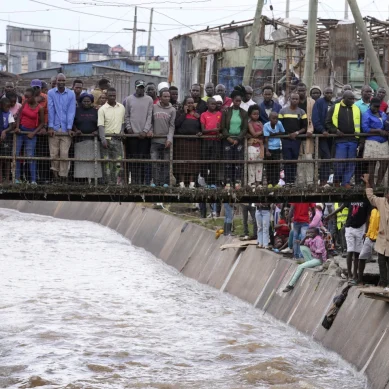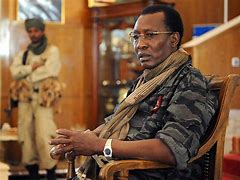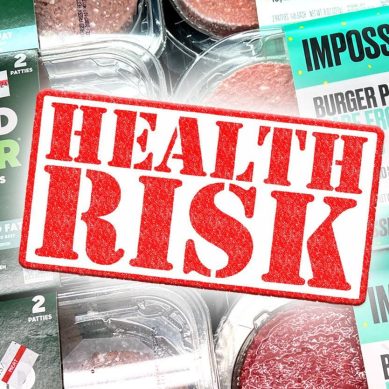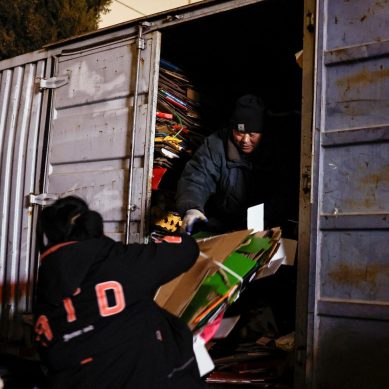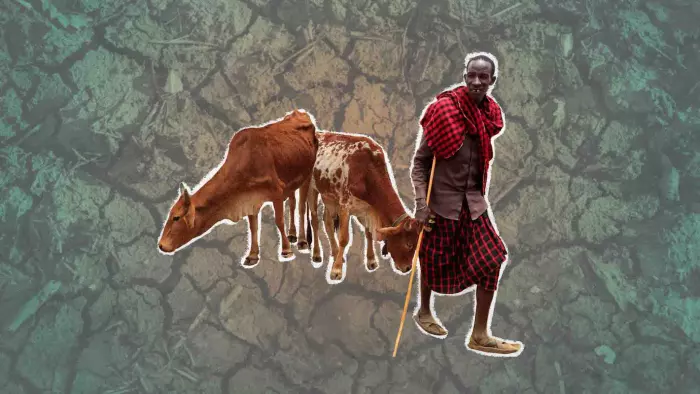
Embracing indigenous knowledge is key to resilience in northern Kenya, not donor project box-ticking
Kenya’s arid north is littered with roadside signs promoting “resilience” projects – initiatives supposedly designed to tackle drought emergencies, help pastoralist communities “bounce back” and promote “sustainable” growth.
Millions of dollars have been spent on these donor-approved top-down schemes over the years. But in the welter of jargon-heavy policy documents promoting “resilience-building”, the big question remains – what is “resilience”, and for whom?
The approach of policymakers to Kenya’s dryland zones frequently comes with a set of built-in assumptions. They typically push a negative narrative about pastoralism and the need for its transformation in the face of climate change. There’s little recognition of the value of local knowledge and practice, and of the utility of the existing networks of the people living in those territories.
The result is a predictable set of standardised box-ticking donor-driven projects that all too often fail. For example, approaches that encourage “livelihood diversification” such as poultry projects or irrigated farming, may not fit with the flexible, mobile livelihoods of pastoralists. Worse still, such initiatives can create forms of dependency on external aid, undermining the adaptability of existing pastoral systems.
People in the drylands have a long-established repertoire of ways of responding to a difficult environment. This is not just a pattern of passive “coping” but an active process of deliberate, well-planned response – a well-tuned strategy of living with uncertainty.
It’s a system that includes livestock movement, and the splitting of herds between the strong and weak animals. Pastoralists also negotiate access to farmland or protected grazing areas, and alter the species composition of their herds (typically investing in drought-tolerant camels).
Selective animal sales, and a diversification to other income sources where possible, are also aspects of the survival strategy. The approach is grounded in a wider “moral economy” of sharing and solidarity that is central to pastoralist endurance.
“We must think of resilience as a process, reliant on social relations and diverse forms of knowledge.”
To explore these local responses, we gathered a range of people from different communities in northern Kenya for in-depth interviews. We asked participants to rank, in order of importance, who they turned to in times of drought.
At the bottom of the table, in all the discussions we conducted, were government and NGO officials. The interviewees argued they often came late, offered the wrong kind of support, and were not reliable partners.
Instead, at the centre of a web of interactions and responses were the herders themselves, working with a network of local enablers.
That includes boda-boda motorcycle taxi riders who scout for grazing and transport fodder; the agrovet dealers who supply drugs and medicines, as well as advice; and the M-Pesa (mobile money agents) able to advance emergency credit to their clients.
Traditional experts were also key. They include the local veterinary practitioners, known as chilres; the uchu, who predict hazards through reading animal intestines; and the astronomers, who forecast by using the stars.
Most important of all were local brokers who can link diverse networks of enablers. They are connected within the local community, but also further afield – with links to NGOs and government officials as well. These brokers are key to sustaining so-called “reliability networks”, where advice is shared and resources mobilised – including both cash and labour.
Of course, local responses have their limits. The three-year drought that struck northern Kenya – only easing in May – was the worst in decades: Millions of animals died, and pastoralists were pushed to the wall.
But working through these brokers and their networks, disasters can be mitigated, even at the height of a drought emergency. Without these men and women providing essential skills and services, things would be much worse, and recovery less likely once the rains finally come.
The work of the “reliability professionals” is usually unrecognised – especially by outsiders. It draws on diverse knowledge networks, skill sets and they are usually good one-on-one communicators.
Take just one example. Halima Boru is a female herder from Kinna, in Isiolo county. She manages about 100 head of cattle. When we met her earlier in the year, she was trying to figure out how to keep them alive after six straight seasons of failed rains.
She had invested in relationships that would allow her animals to survive if things got worse. That included making foraging deals with farmers in next-door Meru county and looking for grazing and water near the national park, where she had links to guards and rangers who allowed her to access pasture – albeit illegally.
Although she lived in Kinna, she regularly travelled – at least every two days – to see her animals to ensure the herders she hired were caring for them. The motorbike drivers she employed to transport her were also involved in scouting further afield to spot if there were better opportunities for water and grazing.
She had a reliable M-Pesa dealer in Kinna who advanced her cash if there were immediate problems – a fine in the national park, a sudden payment at a farm or a feed emergency – and she had deliberately sustained those relationships over the years.
And she knew the agrovet and the chilres, and consulted them if her animals became sick, responding rapidly if there was a need.
“It’s a difficult time now,” she explained. “The herd has been split between the weaker and stronger animals. Some are grazing about half way to Meru. We fear the rains will fail, so we have to be ready to move to the farms or the park.”
Standard NGO project approaches to “resilience-building” often don’t chime with pastoral livelihood strategies. They can impose burdens on people, especially women, who are typically the ones who join the many group-based “livelihood diversification” schemes.
Instead, we must think of resilience as a process, reliant on social relations and diverse forms of knowledge. It is supported by the wider “moral economy”, whereby grazing, labour, livestock and other resources are shared collectively as part of cultural practices that have long generated resilience in the face of recurrent challenges.
This is not a romantic view – only relevant to the past. Moral economies have transformed to keep up with wider social, economic and cultural changes. They are well attuned to local conditions, and considerably more effective than the individualised, “projectised” responses being implemented by NGOs and the state that have so often failed.
Reliability professionals and their networks – informal, unrecognised and unrewarded – could be central to an alternative humanitarian response that builds resilience from below, providing new and more effective entry points to drought action.
- The New Humanitarian report
